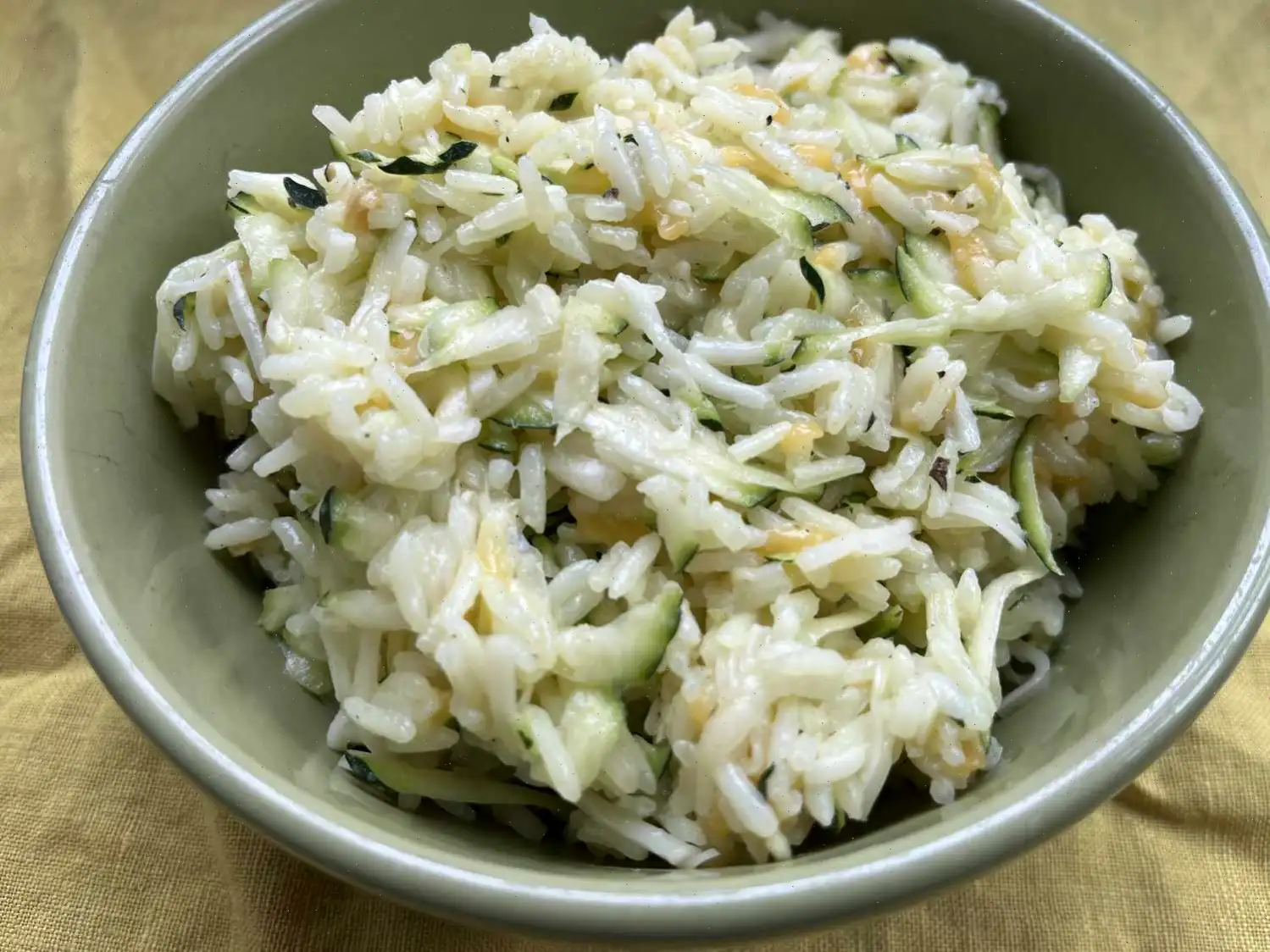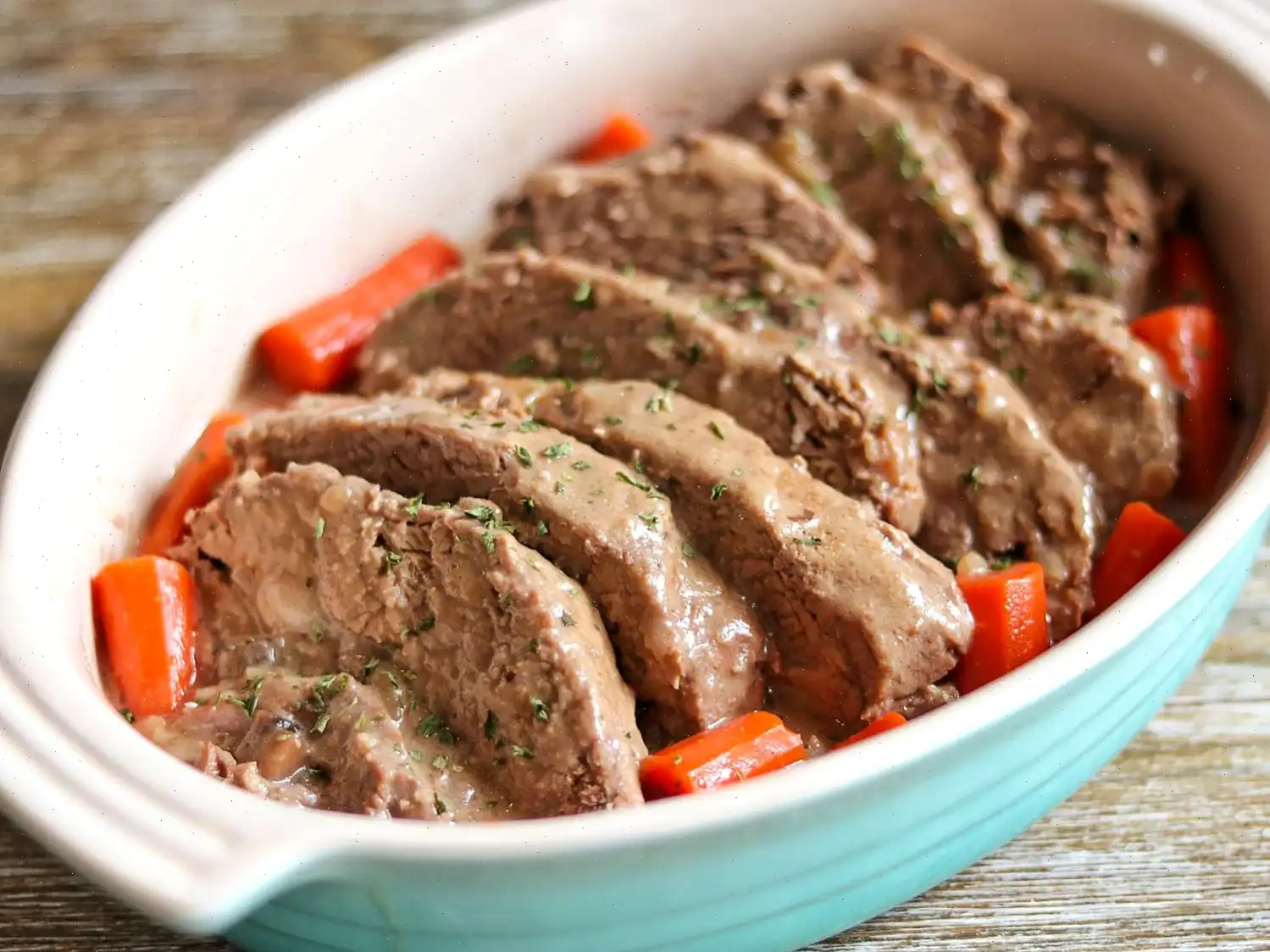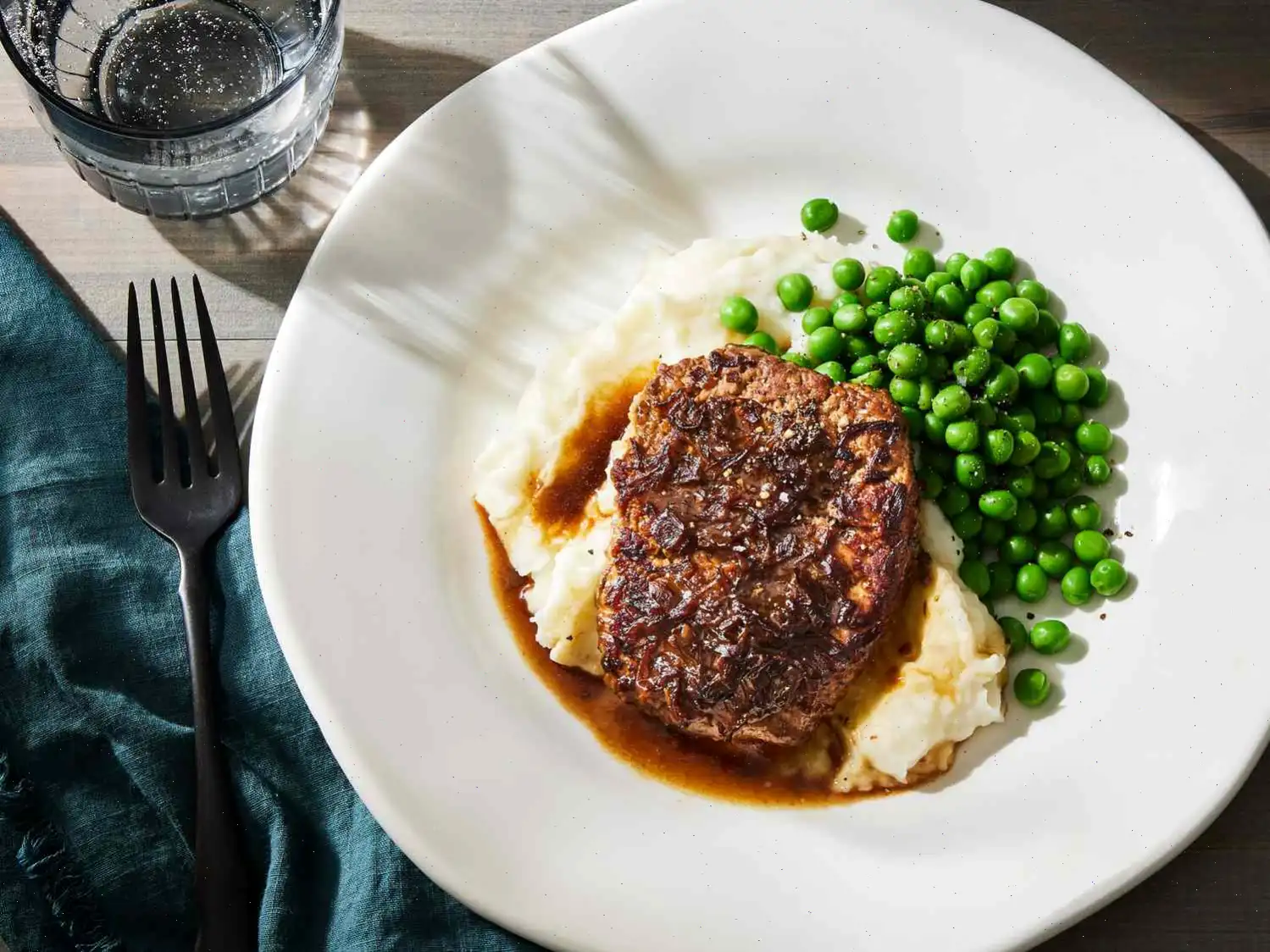
Cajun-Spiced Sauce Recipe
This rich and flavorful Cajun sauce is perfect for adding a kick to any dish. The blend of vegetables, butter, and seasoning creates a smooth, savory sauce that can be paired with chicken, seafood, or vegetables. Follow these easy steps for a delightful result!
Ingredients
- 3 tablespoons butter
- 1/4 cup chopped onion
- 1/4 cup chopped celery
- 1/4 cup chopped green bell pepper
- 3 tablespoons flour
- 2 cups low-sodium chicken broth
- 1 teaspoon Cajun-style seasoning
- 2 dashes hot sauce (such as Tabasco), or more to taste
Directions
Step 1: Melt butter in a medium saucepan over medium-low heat.
Step 2: Add chopped onion, celery, and bell pepper to the pan. Cook, stirring occasionally, until the vegetables are softened, about 8 minutes.
Step 3: Whisk in the flour and cook, whisking constantly, until the mixture turns pale golden and releases a lightly nutty aroma, about 3 to 4 minutes.
Step 4: Slowly whisk in the chicken broth. Bring the mixture to a simmer and cook uncovered, stirring occasionally, until the sauce is reduced by half, approximately 30 minutes. The sauce should coat the back of a spoon and leave a line when you draw a finger through it.
Step 5: Stir in the Cajun seasoning and hot sauce. Adjust seasoning to taste. Continue simmering for an additional 5 minutes to allow the flavors to meld together.
Nutrition Facts (Per Serving)
- Calories: 102
- Total Fat: 8g (10% Daily Value)
- Saturated Fat: 5g (23% Daily Value)
- Cholesterol: 18mg (6% Daily Value)
- Sodium: 307mg (13% Daily Value)
- Total Carbohydrate: 7g (2% Daily Value)
- Dietary Fiber: 1g (2% Daily Value)
- Total Sugars: 1g
- Protein: 3g (6% Daily Value)
- Vitamin C: 6mg (7% Daily Value)
- Calcium: 14mg (1% Daily Value)
- Iron: 1mg (3% Daily Value)
- Potassium: 146mg (3% Daily Value)
* Percent Daily Values are based on a 2,000 calorie diet. Your daily values may be higher or lower depending on your calorie needs.
The Story Behind Cajun-Spiced Sauce
The origins of Cajun-spiced sauce are deeply rooted in the culinary traditions of Louisiana, particularly among the Cajun communities. Descendants of French-speaking Acadians who settled in the region after being expelled from Canada in the 18th century, the Cajuns developed a cuisine that emphasized bold flavors using locally available ingredients. The sauce itself is a derivative of the classic French velout, adapted to include the vibrant heat of Cajun spices and the aromatic trinity of onion, celery, and bell pepper, making it uniquely Southern.
Regional Variations
While the core elements of Cajun-spiced sauce remain consistent, regional variations across Louisiana and the Gulf Coast introduce subtle differences. In the heart of Cajun country, chefs often enhance the sauce with smoked paprika or cayenne for extra depth. In Creole-influenced areas like New Orleans, the sauce may be slightly sweeter, balancing the spice with a hint of tomato or bell pepper reduction. Coastal versions sometimes incorporate seafood stock, giving the sauce a distinct umami quality perfect for shrimp or crab dishes.
What Sets It Apart From Similar Sauces
Cajun-spiced sauce distinguishes itself from other sauces such as traditional French velout or bchamel through its bold use of spices and peppers. While velout is mild and creamy, the Cajun version brings layers of heat and aromatic complexity. Unlike gumbo or touffe, which are thicker and often include meat or seafood, this sauce serves primarily as a flavorful accompaniment rather than a main dish, providing a punch of seasoning without overpowering the base ingredients it complements.
Common Serving Practices
This versatile sauce is typically served alongside grilled or pan-seared proteins, including chicken, fish, or shrimp. It can also enhance roasted vegetables or pasta dishes, offering a Southern twist to otherwise simple meals. Many restaurants in Louisiana and across the American South feature it as a house specialty, often paired with jambalaya, blackened fish, or fried catfish, highlighting its ability to elevate both casual and fine dining dishes.
Interesting Facts
- The Cajun trinity of onions, celery, and bell pepper is considered the foundation of nearly every Cajun dish, including this sauce.
- Cajun-spiced sauce was popularized in the mid-20th century as local chefs began fusing French culinary techniques with Louisianas native spices.
- It is often mistaken for Creole sauces, but unlike Creole variants, it generally avoids tomatoes and focuses on a spicier, more pepper-forward flavor profile.
- The sauces versatility makes it a favorite for home cooks experimenting with Southern cuisine beyond traditional gumbo or touffe.








